Farm Management
All Farm Management Content
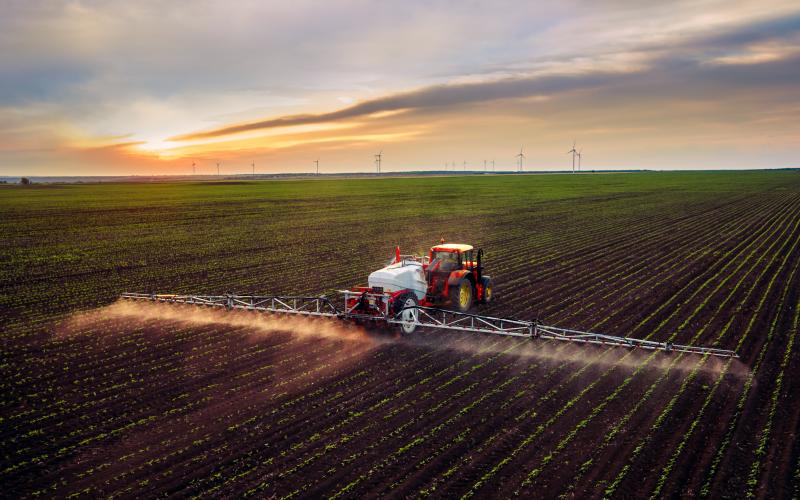
All Straight Dicamba Products Now Restricted Use in South Dakota
Starting April 30, 2018 all dicamba products that are not a mixture but instead straight dicamba are restricted use in South Dakota. This will mean all applicators will need to keep spray records of use and place of application.

Late Plant Crop Insurance Dates
Crop insurance late plant dates are fast approaching for planting small grains in South Dakota. Late plant dates for corn, soybean, and sunflower are nearing as well. Producers will want to work with their crop insurance agent to explore planting options and reporting of prevent plant areas.
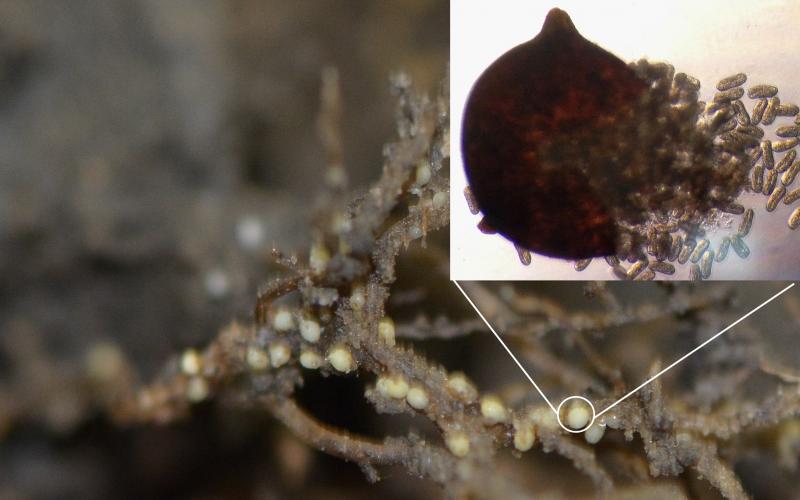
Test Your Soil for the Soybean Cyst Nematode (SCN) This Spring
The soybean cyst nematode (SCN) is a major soybean pathogen that causes significant yield loss. Fields that were not tested for SCN last year can still be sampled this spring to determine the presence of SCN or SCN population changes if testing was done in the past.
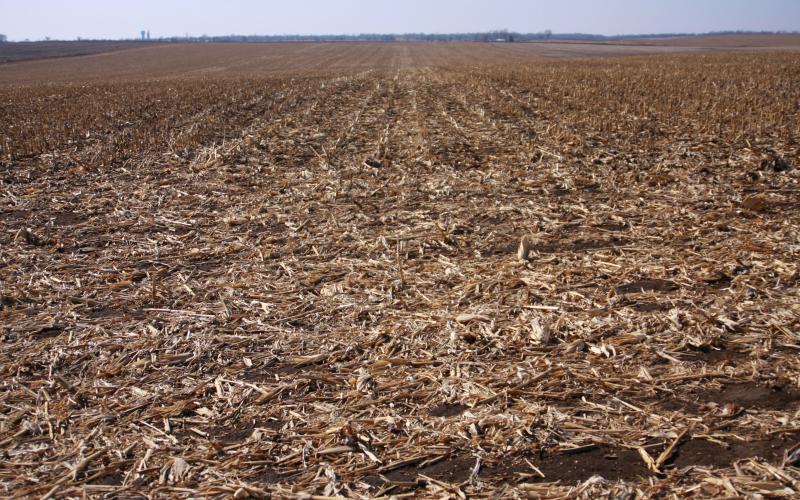
Planting Considerations and Resources for 2019
As May approaches, many farmers are preparing for row crop planting. In areas where flood waters have receded and soils are dry enough to begin field operations, farmers will likely be out in full swing soon.

Soybean Gall Midge: What We Know So Far
In 2018, South Dakota soybean farmers were faced with a new soybean insect pest. What started with dying field borders ultimately ended with yield losses throughout many fields on the Eastern side of the state. We determined that the pest in question was the soybean gall midge.
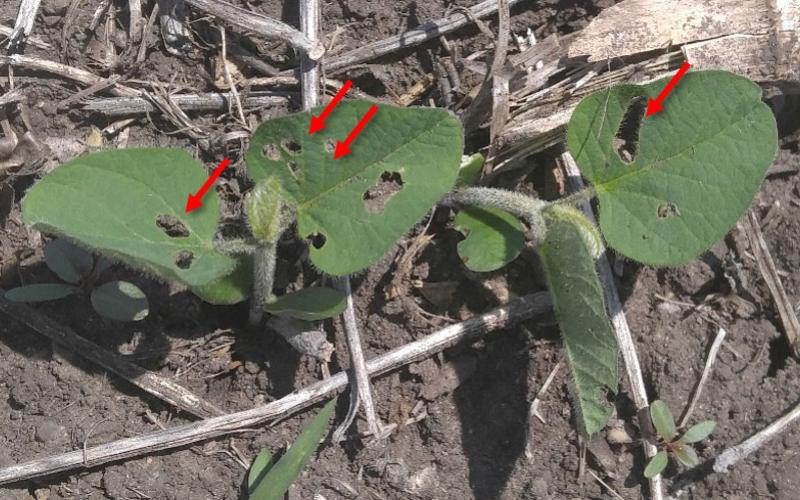
Scout Soybeans for Bean Leaf Beetle Feeding
We are receiving numerous reports and also observing very large bean leaf beetle populations this year. As a result, there is also a lot of concern about soybean defoliation due to the emergence and subsequent feeding by the overwintering adult population.

Watch for Bean Leaf Beetles
Some soybean in South Dakota has emerged and it is already being attacked by early-season bean leaf beetles. So far, observations of adult bean leaf beetles emerging from fields and defoliation of soybean have been in Southeastern South Dakota.
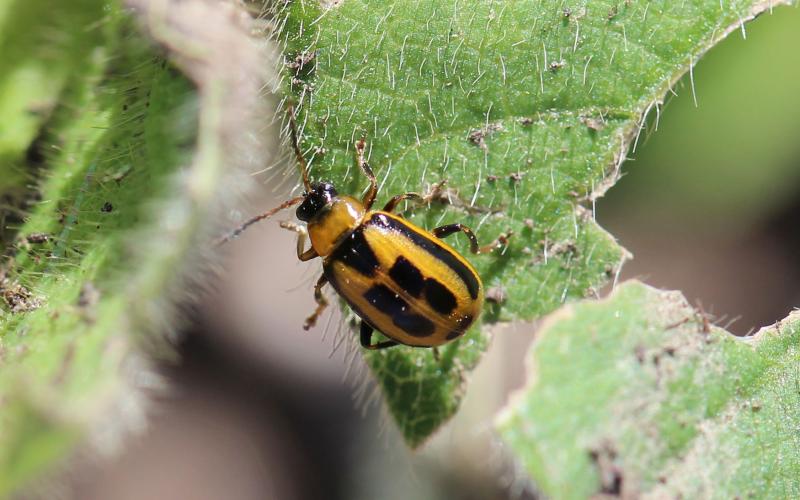
2019 South Dakota Overwintering Bean Leaf Beetle Predicted Mortality
Overwintering bean leaf beetle adults will soon start emerging as they do each spring. This overwintering generation is capable of causing serious defoliation injury to seedling soybean plants.
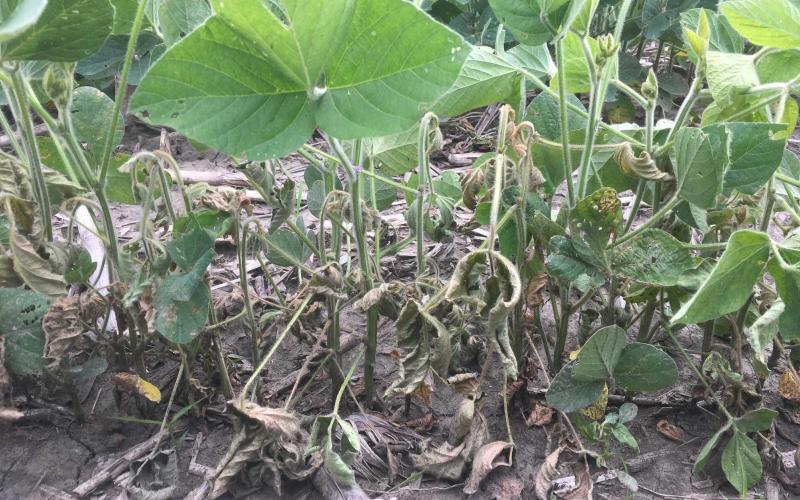
Soybean Gall Midge Larvae Found in South Dakota
Although we have yet to capture any adult soybean gall midges, the reports and observations of soybean gall midge larvae in soybean are pouring in this week. In Clay and Union counties, infested soybeans are now showing signs, with plants beginning to wilt and die in some cases.
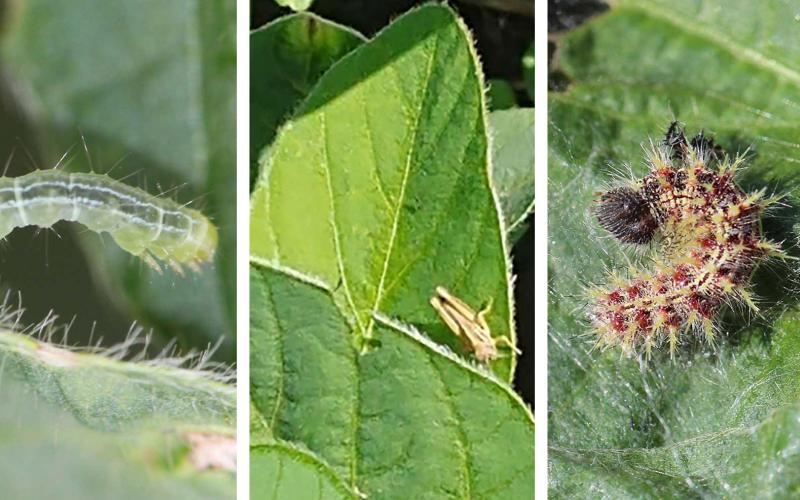
Monitor Soybean for Defoliating Insects
While scouting soybean this week I noticed quite a few defoliating insects that were present in the field. So far, the feeding injury is minimal, but it is a reminder that we need to be diligent in monitoring leaves for defoliation and fields for these insect pests.